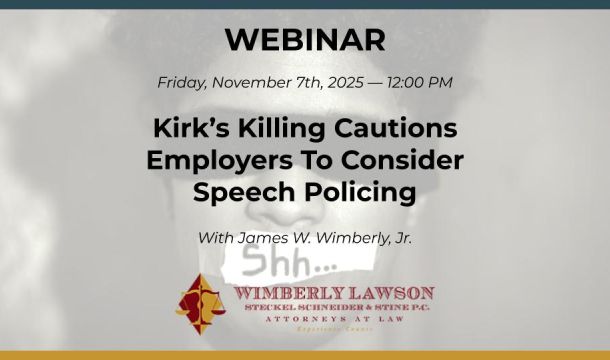HAIR STYLE AND DRESS CODES NORMALLY NOT SUBJECT TO DISCRIMINATION RULES, WITH SOME EXCEPTION
Traditionally, the discrimination laws have not addressed dress codes and hair styles, because these characteristics are mutable. That is, most people can readily change their hair styles and dress. For example, the U.S. Court of Appeals for the Eleventh Circuit in Atlanta has stated in the last year that "every court to have considered the issue" has indicated that hair style discrimination is not a type of racial bias barred by federal law because it is a mutable, or alterable, characteristic. EEOC v. Catastrophe Management Solutions, 129 FEP Cases 935 (C.A. 11, 2016). However, workers who bring religious-based hair discrimination claims appear to have a better chance of prevailing. In one case, for example, the Third Circuit in Philadelphia, found that an employer's policy failed to accommodate an employee with DREAD LOCKS, which were maintained as part of his Rastafarian faith. The EEOC last year secured a $4.9 million discrimination settlement with UPS, on behalf of job applicants who wore beards and long hair for religious reasons.
More recently, however, there have been several changes in local laws. Two major cities, New York City and Chicago, passed local laws protecting hair styles closely associated with racial or ethnic identities. Some research suggests, for example, that a majority of black women have to change their hair to get hired or otherwise accepted in the workplace. California and New York are the first states to pass a law adding the phrase "inclusive of traits historically associated with race, including, but not limited to, hair texture and protective hair styles.""
Employers seem to have even more discretion in setting appropriate dress codes in the workplace. The main type of discrimination issue that might arise is not one based on race but more likely to be one based on sex, in situations where females are held to tighter dress codes than males. Requiring generally professional type dress equally applicable to males and females would not seem to violate these concepts. A modern trend in industry is to allow for more informal types of dress, as a recruitment and retention tool. In a recent development, even the stodgy New York financial firm, KKR, along with other Wall Street companies, relaxed their dress codes and no longer require suits, ties or heels, allowing employees flexibility. At KKR, one of the world's largest private-equity firms, the memo does not specify exactly what types of clothes are appropriate, but instead use general terms like, "We trust you all to strike the right balance and exercise good judgment . . . . At the same time, we recognize that many of our clients and other external relationships have a more formal expectation of "professionalism" . . . so please always have business attire available."
Related Content
Get Email Updates
Recent Content

Kirk’s Killing Cautions Employers To Consider Speech Policing

Trump Nominates Appointments to NLRB and EEOC but Policy Changes Likely to Be Delayed

DOL Launches Self-Audit Programs Designed to Help Employers Improve Compliance

DOL Must Release EEO-1 Reports to the Public under Open Records Laws

Current Advice on Active-Shooter Situations
